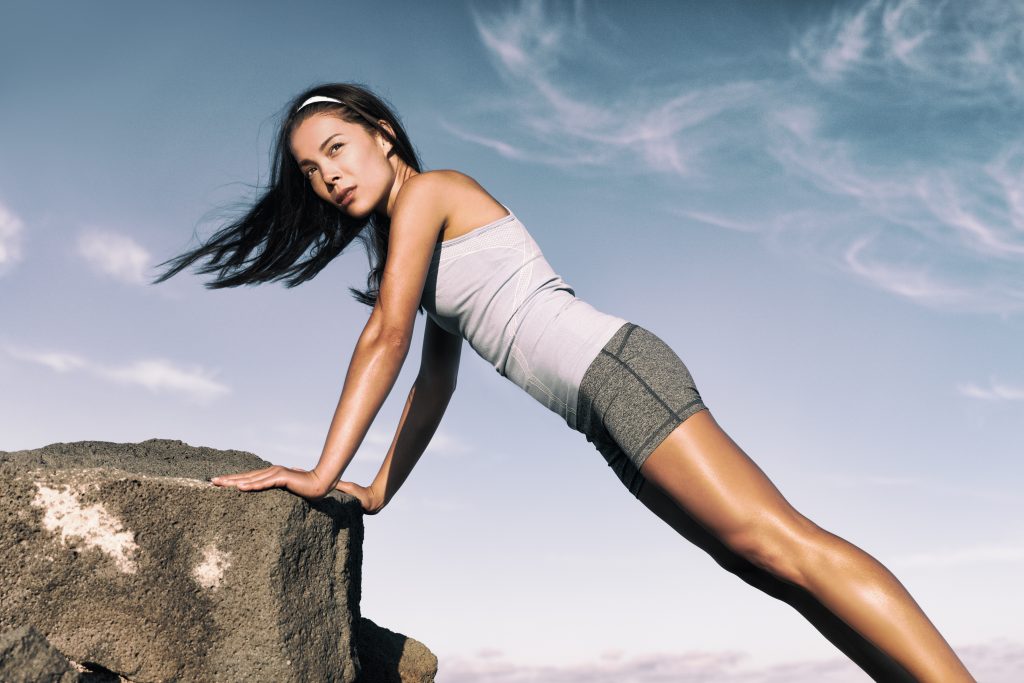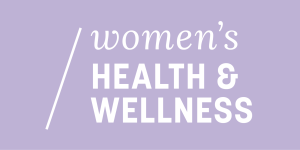
By Mimi Greenwood Knight
Staying fit reduces stress, improves sleep and balance, and fosters good
mental and physical health at any age or stage of life.
Kids – Daily exercise boosts brain power and helps kids and teens function better in school. Both ages should be running, climbing, jumping, and playing at least one hour each day, playing sports, riding bikes, swimming, or any activity they love.
20s – Your body is strong and resilient. What better time to build a foundation of fitness? Incorporate exercise into your social life. Play tennis or racquetball with friends. Make dates to hike or bike. Develop a lifelong habit of exercising at least 30 minutes daily, five days a week, including strength training to maintain muscle and bone strength.
30s – Your body begins to lose muscle, making weight training even more important. Join a gym and start lifting weights. Include weight-bearing activities, brisk walking, jogging, swimming, dancing, or yoga as part of your workout to strengthen bones. Explore different workouts to challenge other muscle groups and keep things interesting.
40s – Your body naturally starts to decline in middle age with muscles losing mass and elasticity and metabolism slowing. Hormone levels drop, which can cause weight gain. A hearty cardio workout three to five times a week can help keep pounds off and lessen the risk of high blood pressure and heart disease. If you have pain in your joints, switch to low-impact activities such as biking or swimming but don’t forego weight-bearing exercises, such as walking or running, to help fight age-related bone loss and potentially ward off osteoporosis or osteopenia
50s – You may start experiencing daily aches and pains. Adapt with low-impact, joint-friendly activities such as walking, biking, or swimming. Strengthen your core by focusing on your abdomen and back muscles to help your body stand up straighter and fight spine curvature.
60s – Try to get 30 minutes of activity five times a week, including lifting weights or resistance training to keep muscles and bones strong. Work on maintaining balance by standing on one foot, leg raises, and walking heel to toe.
70s+ – Stay functional and independent by maintaining your strength and flexibility with water aerobics, walking, or dancing. Use resistance bands to keep muscles strong. Continue doing balance exercises and devote extra time warming up and cooling down, so you don’t injure muscles. Stretch daily to maintain flexibility.
DID YOU KNOW?
These moderate-intensity exercises allow you to talk — but not sing — while exercising.
- Brisk walking
- Water aerobics
- Doubles tennis
- Bike riding
These vigorous exercises elevate your heart rate, make you breathe fast, and make it difficult to carry on a conversation.
- Jogging or running
- Singles tennis
- Bike riding uphill or very fast
- Swimming laps










